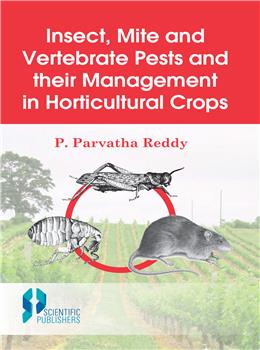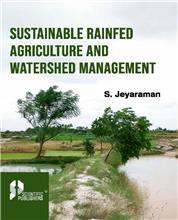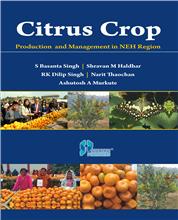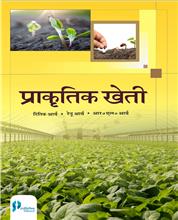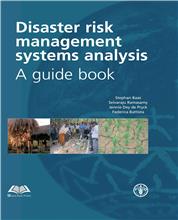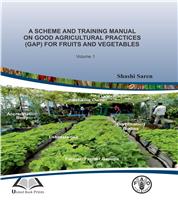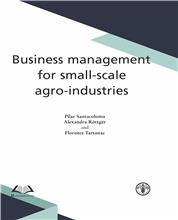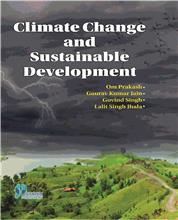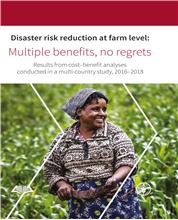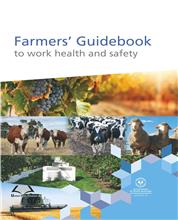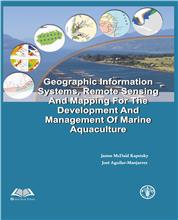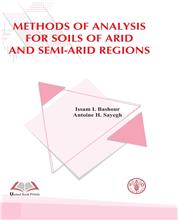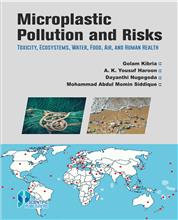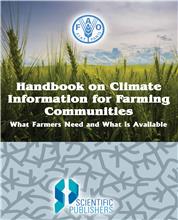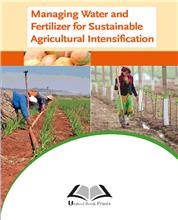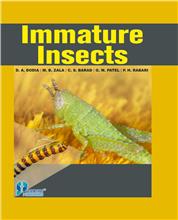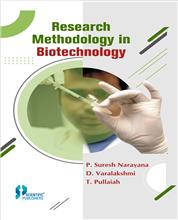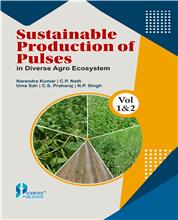Horticulture in India is fast emerging as a major commercial venture, because of higher remuneration per unit area and the realization that consumption of fruits and vegetables is essential for health and nutrition. In the last one decade, export potential of horticultural crops has significantly increased attracting even multinationals into floriculture, processing and value added products. Productivity of horticultural crops in India is relatively low compared to other countries. Of the several factors responsible for lower productivity of horticultural crops, pests (insect, mite and vertebrate pests) are considered as important limiting factors. The annual losses due to pests to all the crops in India was estimated at Rs. 60,000 million in 1983, which at today s prices could exceed Rs. 200,000 million. The information on pests (insect, mite and vertebrate pests) in horticultural crops is very much scattered. There is no such book at present which comprehensively and exclusively deals with the above aspects on horticultural crops. The present book deals with geographical distribution, damage, host range, biology, predisposing factors, and management of insect, mite and vertebrate pests in horticultural crops in detail using regulatory, physical, cultural, chemical, biological, host plant resistance and integrated methods. The book is extensively illustrated with excellent quality photographs enhancing the quality of publication. This book is a practical guide to practicing farmers of horticultural crops. Further, it is a useful reference to policy makers, research and extension workers and students. The material can also be used for teaching undergraduate and post-graduate courses.
